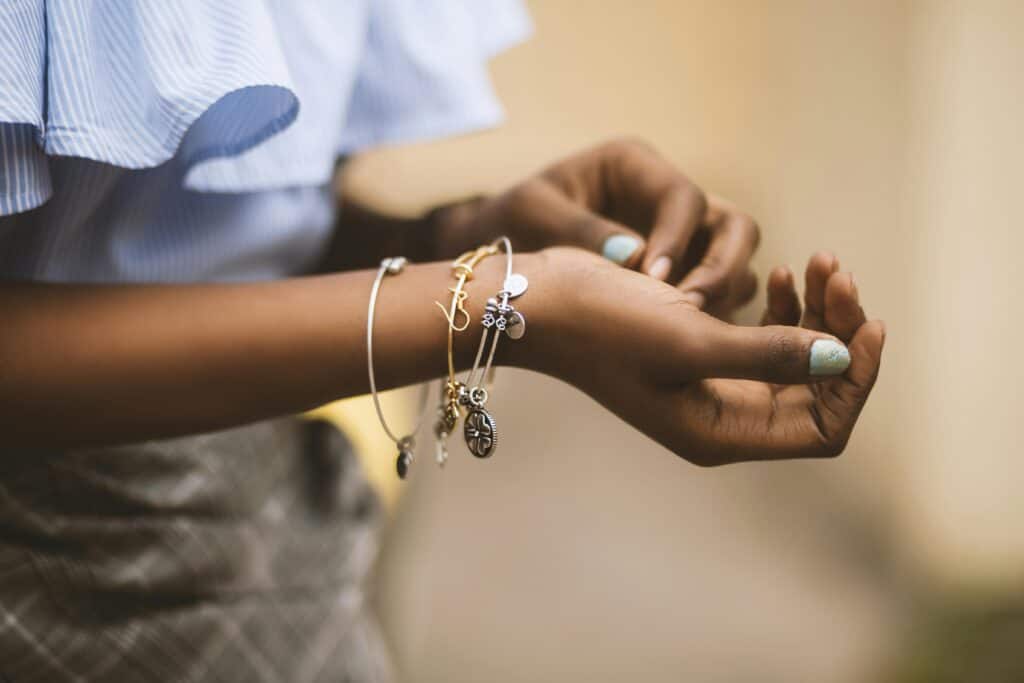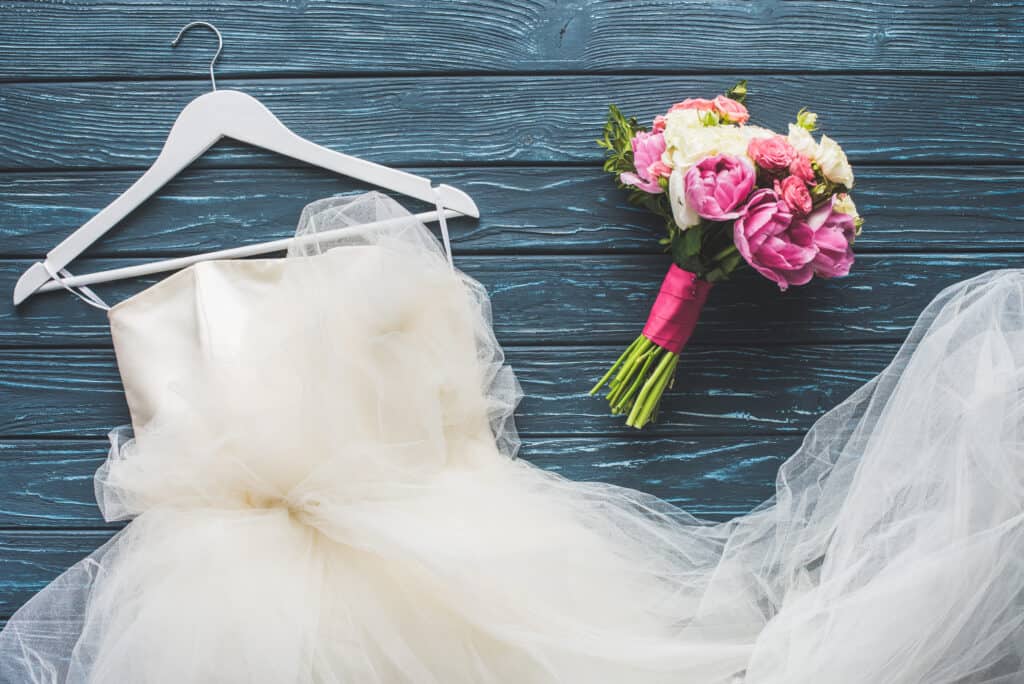The realm of estate jewelry is a vast expanse of history, beauty, and intrigue. For collectors and fashion enthusiasts alike, the allure of estate jewelry lies not just in the sparkle of a gemstone or the purity of the metal but in the legacy and stories each piece carries. Beyond being simply ornamental, these pieces connect to past eras, with many offering sound financial investment potential. In a market where authenticity dictates value, understanding the nuances of appraisal, the significance of provenance, and learning to acquire estate jewelry prudently can transform an interest into a profound passion and an intelligent portfolio asset.
Evaluating the Worth of Estate Jewelry
Evaluating estate jewelry is complex, combining art, history, and science elements. Appraisals are critical to uncovering the value, often uncovering hidden worth in unsuspected items. A skilled appraiser considers the quality of craftsmanship, the condition, and the rarity of a piece before arriving at a valuation. This estimated value, however, may differ from market value, which is determined not just by these intrinsic qualities but also by the whims of the market and collector demand. Here, interest in estate jewelry may peak, especially during events such as jewelry liquidation sales where unique pieces can change hands.
The Allure of Historical Pieces
Each estate jewelry piece has a narrative, a facet of history veiled within its gems and metalwork. The heritage and saga a piece brings with it – its provenance – can dramatically heighten interest and value. Specific historical periods impact design aesthetics and often correlate with contemporary tastes. High-profile collections and subsequent auctions can illuminate this phenomenon, telling the tales of ancient times through glittering arrays of gemstones and precious metals.
Where to Find Estate Jewelry
Pursuing estate jewelry can take you on an exciting journey, spanning diverse locales, from esteemed auction houses to quaint antique shops and, increasingly, online storefronts. Traditional auctions remain a mainstay, revered for their prestige and ceremonious nature. The shift to online platforms has democratized the process, making estate jewelry more accessible to a broader audience. The digital realm requires prospective buyers to be more vigilant, discerning authenticity and verifying the reputation of sellers to ensure legitimate, reputable acquisitions. This cautionary approach should balance excitement with prudence, ensuring both the piece’s authenticity and the purchase’s security.
Estate Jewelry Authentication Process
Collectors and enthusiasts are utmostly concerned about the genuineness of estate jewelry. The authentication process is a meticulous examination carried out by specialists in the field, combining a trained eye with precise techniques such as gemstone analysis and metallurgical testing. These experts verify various attributes like hallmarks, engravings, and the quality of the materials, offering credibility to a piece’s historical claims. Authentication reassures the prospective buyer of the jewelry’s legitimacy and guards against the proliferation of counterfeits in the market.
Caring for Estate Jewelry
With its historical significance and delicate craftsmanship, estate jewelry demands attentive care. Proper maintenance is paramount in preserving these treasures’ physical and intangible value. Through gentle cleaning with appropriate solutions, avoiding exposure to harsh chemicals, and storing in conditions that prevent tarnishing or damage, owners can safeguard their adornments for future generations. Those pieces that have suffered wear over time may benefit from professional restoration. This tender process requires as much respect for the original work as it does skill in the therapeutic arts.
The Role of Estate Jewelry in Fashion
Estate jewelry contributes more to fashion than mere embellishment; it is an assertion of identity and a declaration of appreciation for the craftsmanship of yesteryears. Stylish individuals often incorporate these pieces as a nod to classic elegance within a contemporary ensemble, creating a harmonious blend of old and new. Public figures and celebrities frequently adorn themselves with vintage pieces, sparking public intrigue and romance for the glamour of the past.
Incorporating Estate Jewelry into Your Collection
Merging estate jewelry with contemporary fashion is both an art and curation practice. The integration involves understanding the distinctiveness of each piece and allowing it to complement modern style sensibilities. Collectors need an eye for design and strategic thinking when selecting pieces that promise to be appreciated. This acquisition approach enriches one’s collections with diversity and historical richness, providing aesthetic pleasure and financial benefits.
Legal Considerations in Buying and Selling Estate Jewelry
Navigating the legal landscape of estate jewelry ownership is crucial. Provenance is crucial, as the ownership history must be clear and documented to prevent legal complications. The complexities extend to the settlement of estates, where jewelry may be part of inheritance or estate divisions. Clear and comprehensive documentation, authentication, and legal advice can ensure smooth transactions and transfer of ownership without dispute.
Conclusion: Estate Jewelry as an Investment
Estate jewelry offers an exceptional opportunity to enjoy beautiful artifacts and invest in pieces that may accrue value over time. The uniqueness of each piece adds a distinctive character to any collection. For those with a passion for the past and an eye toward future value, the world of estate jewelry provides a fertile ground for investment and enjoyment, enduring as the trends of the moment give way to the new nostalgias of tomorrow.




